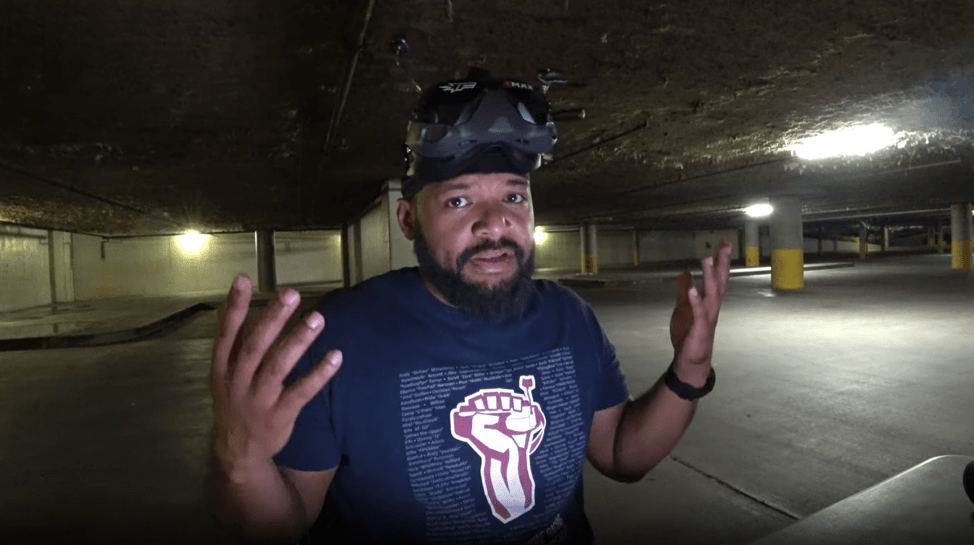Worlds Collide: DJI Brings HD FPV to the Skeptical Masses
Hobbyists have been clamoring for a digital, HD solution for more than a decade. It’s finally here.
The following is a guest post from John Saginario: FPV flyer, writer and host of the Wild Flyers podcast.
If you need proof that DJI has brought something revolutionary to the hobbyist drone market, you only need to watch pretty much any video on YouTube. DJI’s newest offering, which pairs their digital HD video and control link technology down to a smaller form factor for race and freestyle quadcopters, is making some serious waves. And competitors are taking notice.

One of the biggest competitors is the literal shark that’s been king of these waters for years: Fatshark. A vast majority of pilots sport their impressive lineup of FPV goggles, including a top of the line model that retails for more than $450 without a receiver. But that trend may change. The company recently announced it’s delaying its own HD FPV offering, named Byte Frost, by several months – after spending just a short time trying out DJI’s new system. A couple of smaller groups that were also working on HD FPV systems, including FPV Blue, are throwing in the towel altogether. They just can’t compete.
The simple fact is DJI is the 300-pound Gorilla in the room, and it just broke its cage. Any company specializing in FPV video — Team Blacksheep, ImmersionRC, LaForge, Iftron, Skyzone, Aomway — better have a Digital HD system in the pipeline right now. Or their next product won’t matter. Once hobbyists get a taste of HD, there’s no going back. Would you like to trade in your 55” OLED TV for a 13” Sony CRT? Didn’t think so.
DJI “Haters”
In the drone hobbyist community, DJI is a four-letter word to many (despite the fact that some of those same pilots enjoy flying their own Mavic and Spark drones, they will keep silent during DJI bashing sessions.) It’s ironic now that the one thing many flyers have been asking for — truly digital, HD video with low latency and a robust signal — is finally here, from a company so many of them love to hate.
Plenty of people blasted DJI on social media when they learned of the new DJI system, and didn’t hold back against the quasi-celebrity YouTubers, like the pilots of Rotor Riot, who were singing the product’s praises in launch videos.
Still, the proof is in the numbers. While it’s tough to know just how much this foray into the extreme end of the hobbyist community has really cost DJI, the system appears to be gaining popularity – if the advertising and hype on YouTube is any indication.
In the long term, it doesn’t matter that DJI’s first FPV product is a little bulky, or a little ugly, or a little too much of an investment for some hobbyists. First-gen products always are. The DJI goggles will get better, the air unit will get smaller, the camera will get sharper, the algorithm will improve.
They hit the two most critical parts right out of the gate: it’s comparable in price to a totally new, top-of-the-line analog system, while looking much, much better; and it works really well. Just ask the legions of pilots who are making the switch.
Other manufacturers take note: the future is here.
 John Saginario is the host of the Wild Flyers Podcast (www.soundcloud.com/wild-
John Saginario is the host of the Wild Flyers Podcast (www.soundcloud.com/wild-







[…] Supply hyperlink […]